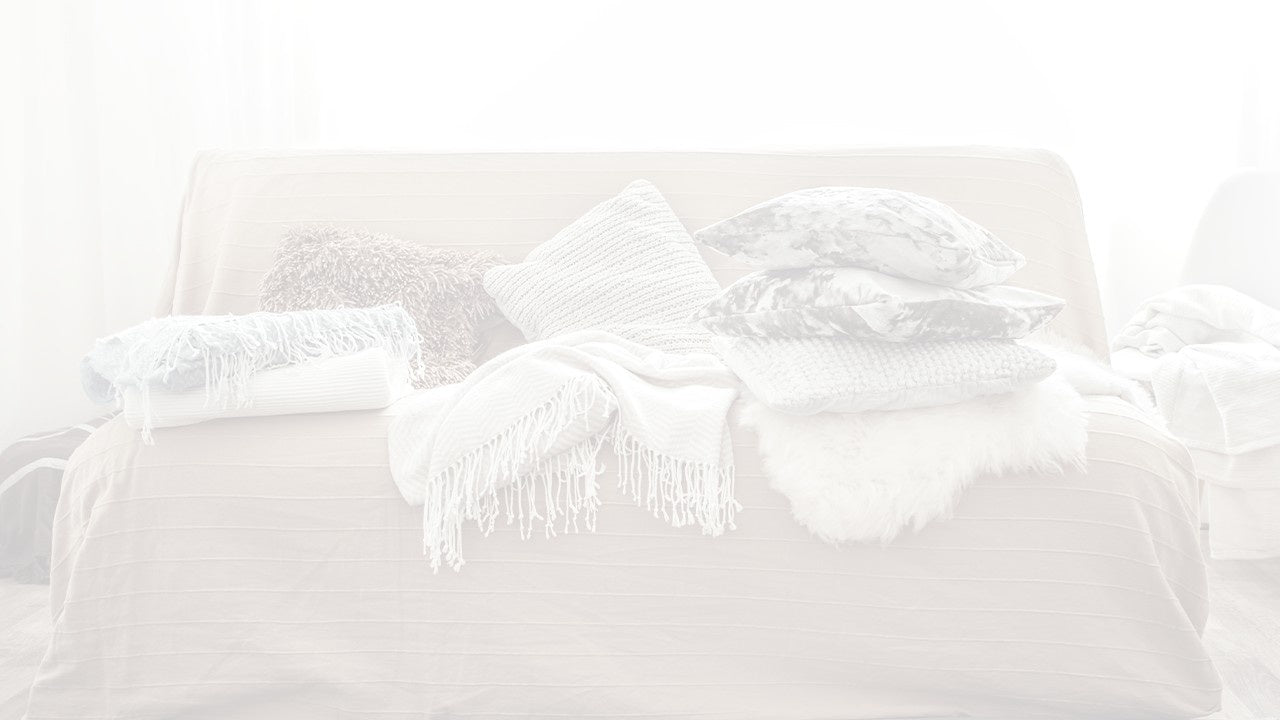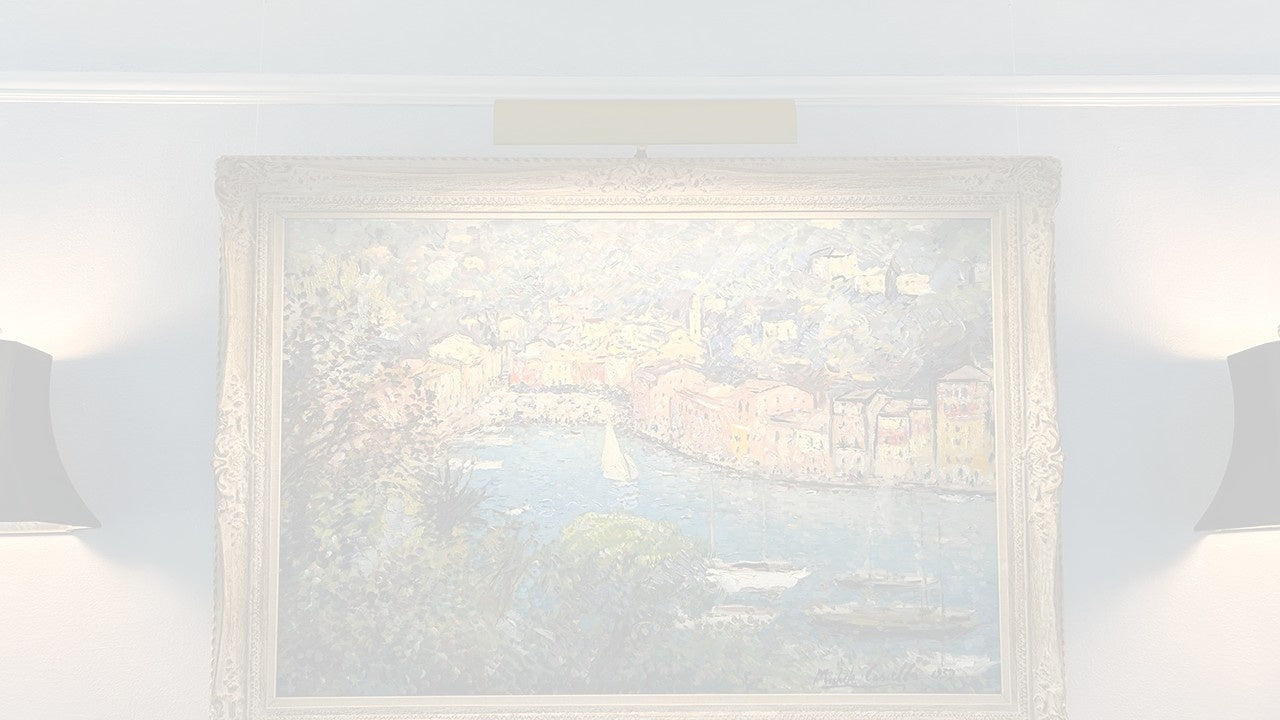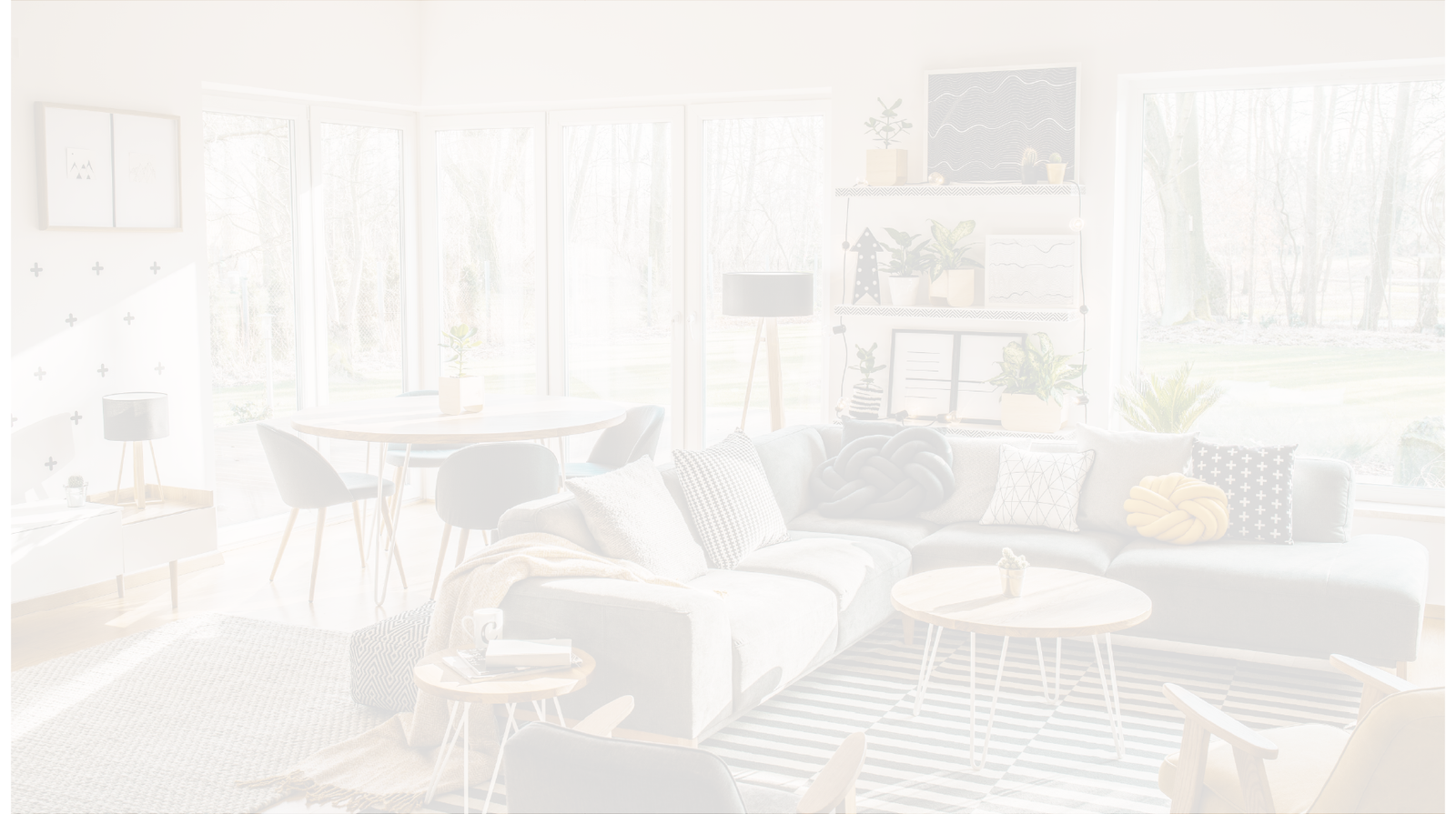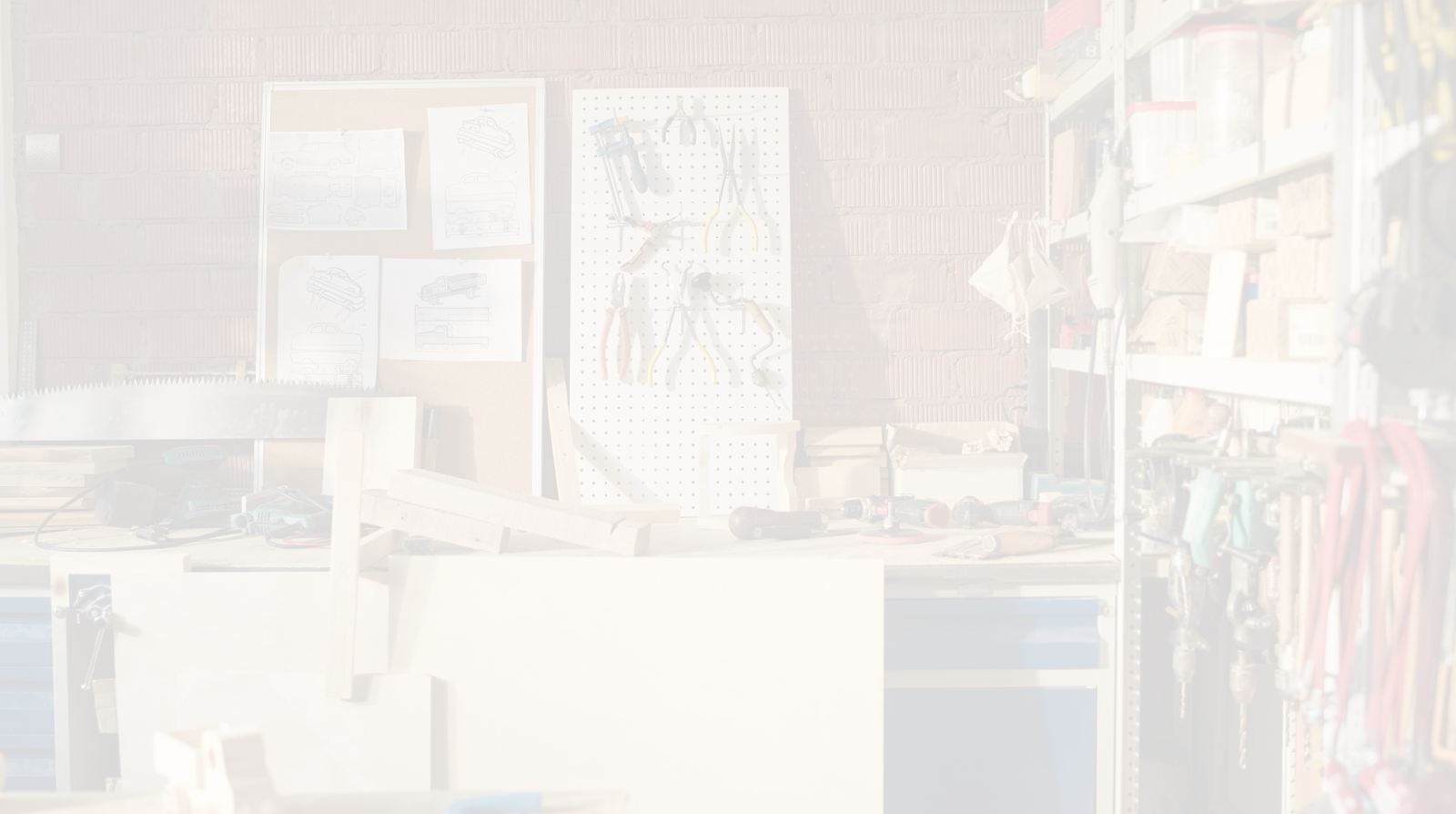High-traffic spaces (think busy living rooms, waiting areas, hotel lounges, or even pet-friendly family rooms) tend to be where design meets reality. Furniture gets sat on, cushions shift, beddings slide off, and throws never stay in that perfect spot. The result is a constant battle between how you want things to look and how they actually end up looking.

A neat space doesn’t just look good; it should also feel comfortable, polished, and put-together. But no matter how much time you spend smoothing out a tablecloth or tucking in a couch cover, fabrics have a way of shifting around when real life happens.
The good news? There are plenty of low-effort, high-impact non-slip fabric solutions to keep your space looking fresh and neat all day.
How to Keep Fabrics in Place with Upholstery Pins
1. Start with the Right Fit

Size matters, whether it's a bed sheet, a slipcover, or a tablecloth. Fabric that’s too small won’t stay tucked, and fabric that’s too large tends to shift and wrinkle. A well-fitted cover stays smooth, drapes neatly, and helps your furniture or linens look intentional instead of improvised.
Measure your furniture, mattress, or table (including the depth or overhang) and choose fabric that fits with just enough give to allow for a secure tuck.
2. Secure the Corners First
Corners are always the first to slip, so secure and tuck them down before smoothing out the rest. For sheets and covers, use the “hospital corner” fold for a crisp, stay-put finish. For slipcovers or tablecloths, pin the corners from underneath and fasten them to the table, couch, or bedframe for a hidden but effective hold.
3. Use Fabric-Securing Tools
Sometimes you can get the fit right, but the fabric can still move, especially if the fabric is silk or has a high polyester percentage. When that happens, it’s time to bring in reinforcements.
If your fabric still shifts after securing the corners, add non-slip grips or double-sided fabric tape to high-movement areas, such as the corners or edges, to help keep everything neatly in place without constant readjustment.
Tools such as pins, tablecloth clips, and bed sheet holders are designed to hold fabric in place without being noticeable or damaging the surface underneath.
Enter: The Upholstery Pin

These small but mighty pins are the best tools to keep fabric from slipping on furniture: designed with a clever double-nail system for extra grip, they keep covers, cushions, and linens securely in place without damaging your furniture.
But keeping fabric in place is just the beginning. Upholstery pins do more than just stop fabric from slipping. They also help prevent the kind of wear and tear that comes from constant shifting and friction. When things stay in place, your textiles stay in better shape for longer.
Where to Use Upholstery Pins
Need inspiration? Here are just a few ways our furniture cover pins are already working behind the scenes:

1. Taming Slipcovers
Slide a few pins into the back and sides of your slipcover to keep it from shifting every time someone sits down. Use at stress points, such as the seat corners, to maintain a clean, tailored look.
2. Securing Armrest Covers
Armrest protectors are great until they start bunching up. A pin on each end keeps them aligned and looking sharp, especially in homes with pets or kids who love to climb.
3. Anchoring Throws
Drape your blanket over the back of the couch, then place a pin at each of the top corners. It’ll stay draped until you want to cozy up for a night in.
4. Holding Table Skirts or Bed Runners
For events or Airbnb setups, a pinned table skirt or bed runner creates a high-end look with zero slippage. Just pin the ends out of sight and you’re good to go.
5. Fixing Fabric Headboards
Got a DIY or fabric-covered headboard? Use upholstery pins to keep the fabric stretched and tight across the surface.
How to Use Upholstery Pins

Bonus: Don’t Skip the Wash Instructions
Fabrics that shrink, stretch, or lose elasticity after a wash will never sit right again. Always check care labels before tossing anything into the dryer. Heat can break down elastic fibers, and harsh detergents can roughen the weave, making fabrics more likely to shift.
To help your fabrics last (and stay put), use gentle cycles and mild detergents and avoid high heat in the dryer.
Shop Our Upholstery Pins Now
Final Thoughts
High-traffic areas don’t have to look lived-in in the worst way. With the right tools, you can keep fabrics in place, spaces polished, and furniture looking fresh without constantly adjusting everything. Our new Upholstery Pins provide a smart, low-maintenance solution to lock in the look and keep it that way.
Got any thoughts or questions? Send an email to support@picturehangsolutions.com and let’s talk!





Leave a comment (all fields required)